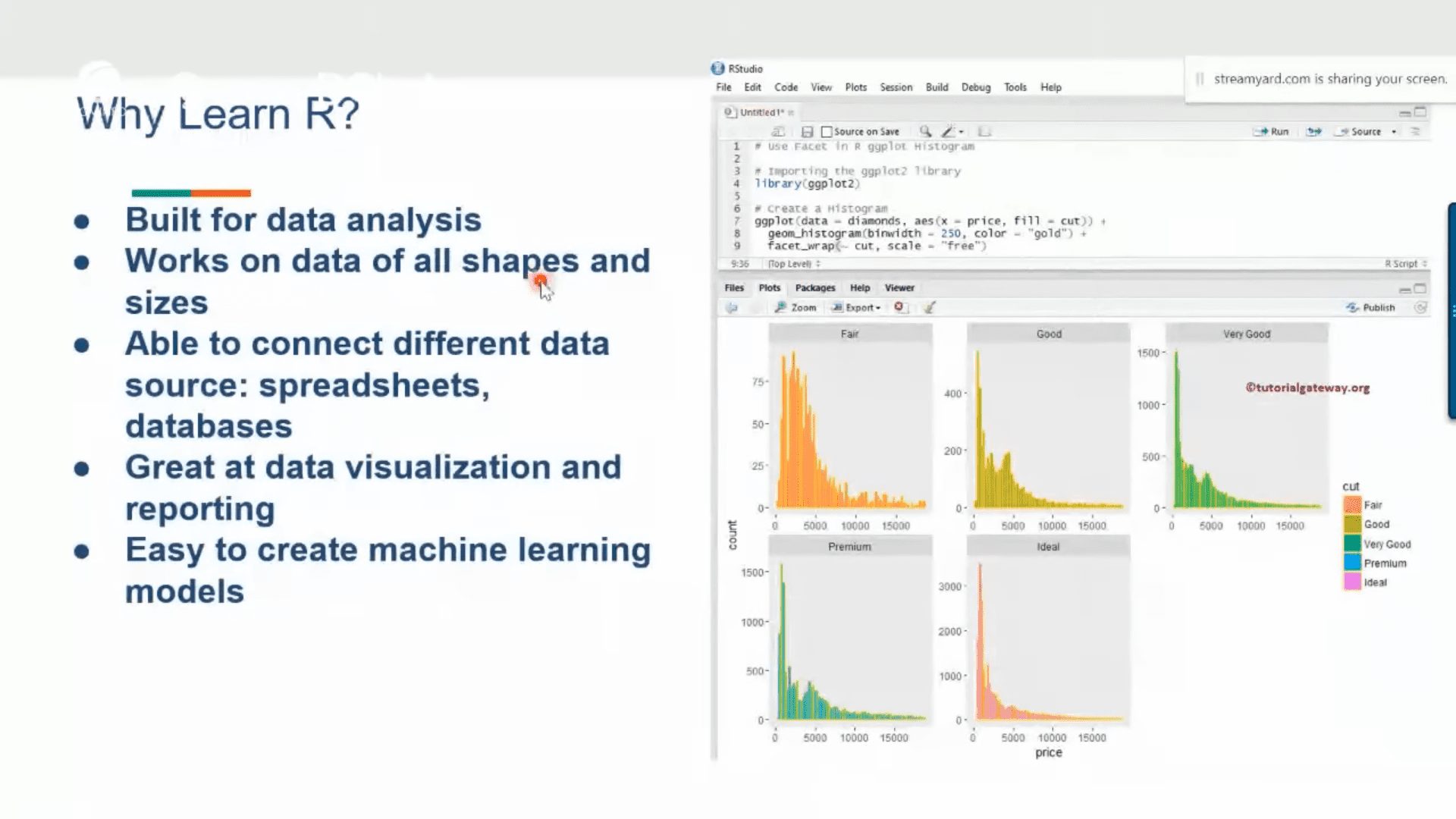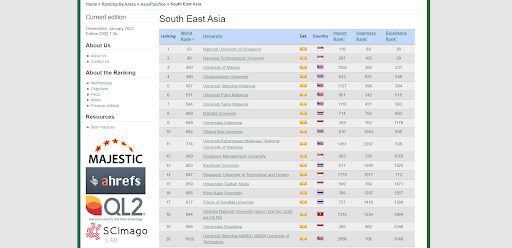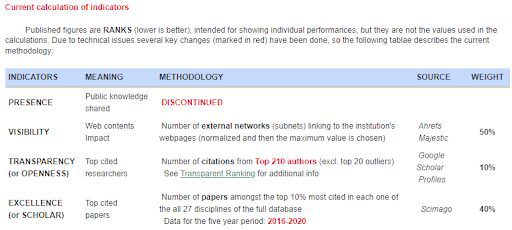
R Becomes an Important Foundation for a Career in Data, and NON-IT Graduates Can Also Try
August 16, 2022
Hybrid Campus in Tangerang
August 16, 2022
List of Top 20 University Rankings in Southeast Asia
(source: webometrics.info, 2022)
Those looking for the right university may have found various facts or news about each university’s rankings. From a number of these rankings, there is one that you can use as a reference to determine the quality of the campus. In this article, we will discuss what Webometrics is and how to see the ranking of a university based on Webometrics. Read along!
What is Webometrics?
Webometrics is a methodology used to rank universities worldwide based on websites based on indicators calculated based on university website data.
This type of ranking is carried out by the Cybermetrics Lab research group, which is part of Spain’s largest public research institute, Consejo Superior de Investigaciones Científicas (CSIC). This ranking was released in 2004, and they publish the Webometrics Ranking twice a year. The Webometrics Ranking is published based on website-based research conducted on more than 31,000 Higher Education Institutions in more than 200 countries worldwide.
On their official website, Cybermetrics Lab emphasizes that the Webometrics Ranking is not a ranking of the websites owned by universities but the ranking of the universities themselves, which generally use indicators related to webometrics (all missions) and bibliometrics (research missions). This university ranking system aims to motivate institutions and academics to always present a website that can accurately represent their activities. In addition, Cybermetrics Lab also hopes that its ranking system can significantly increase scientific and cultural knowledge transfer from universities to communities worldwide.
How is the rating according to the latest Webometrics rankings?

Indicator update in Webometrics ranking methodology as of July 2022
(source: webometrics.info, 2022)
According to its official website, which the author accessed on July 22, 2022, Cybermetrics Lab no longer uses four indicators but only 3. Here’s the full explanation of the indicators.
- Visibility Impact (weight 50%)
This indicator is the number of unique external links connected to the college’s web domain (normalized, and then the maximum value is selected). According to Kumparan, this Visibility Impact indicator can be used as an indicator of a university’s global performance by considering teaching commitments, research results, international prestige, to relations with the community, including the industrial and economic sectors of universities. Practically, this indicator shows the impact of the university’s website content. The source of the calculation data for this indicator is Ahrefs Majestic.
- Transparency/Openness (weight 10%)
This indicator means the number of the top researchers cited. This indicator calculates the number of citations from the top 210 authors from a university. The data for this calculation weighs 10% and is sourced from the Google Scholar Profile.
- Excellence/Scholar (weight 40%)
This indicator means the number of papers in the top 10% most cited in every 27 disciplines grouped by the 5-year period from 2016 to 2020. This indicator draws data from the Scimago institutional index.
Also read: Tips for Choosing the Best Private University.
How to see university rankings based on the latest Webometrics rankings?
You can check the ranking of your target university through the official Webometrics page here. On the official website, Webometrics ranking has been presented in many ranking lists based on the area or continent where a university is located. In each ranking classification, you can also see each university’s ranking based on the three indicators described previously. So, the ranking of a university is not the same for each indicator. However, Cybermetrics Lab has also provided a “World Rank,” which includes the calculation of each of these indicators so that you can easily find out a university’s overall ranking.
In terms of area, the rankings are categorized into “World”, “Americas,” “Asia/Pacific,” “Europe,” “Africa,” and “Arab World”. The “World” category itself is further classified into two types, namely BRIC (Brazil, Russia, India, China) and CIVETS (Colombia, Indonesia, Vietnam, Egypt, South Africa). The “Americas” category includes North America, the USA, Latin America, and the Caribbean. The Asia/Pacific category includes Asia (including the Middle East), Asia (excluding the Middle East), the Middle East, South Asia, Southeast Asia, and Oceania. The “Europe” category includes the European Union and Middle Eastern Europe. The “Africa” category is divided into North Africa and Sub-Saharan Africa. While the “Arab World” category includes all universities located in the territory of Arab countries.
Conclusion
There you go! That’s the complete explanation of how to see university rankings based on Webometrics rankings. This ranking can be said to be quite general, and its standards are believed in various countries as a reference standard of assessment for all universities listed in it. Webometrics ranking is also pretty objective because it uses quantitative methods to process data and takes data sources from credible data providers. The ranking presentation is also very dynamic because the ranking list will be updated twice a year. For those who consider university rankings an essential aspect, the Webometrics ranking can be pretty relevant.
Sources:
By Virino Miracle | UMN News Service
Kuliah di Jakarta untuk jurusan program studi Informatika| Sistem Informasi | Teknik Komputer | Teknik Elektro | Teknik Fisika | Akuntansi | Manajemen| Komunikasi Strategis | Jurnalistik | Desain Komunikasi Visual | Film dan Animasi | Arsitektur | D3 Perhotelan , di Universitas Multimedia Nusantara. www.umn.ac.id




